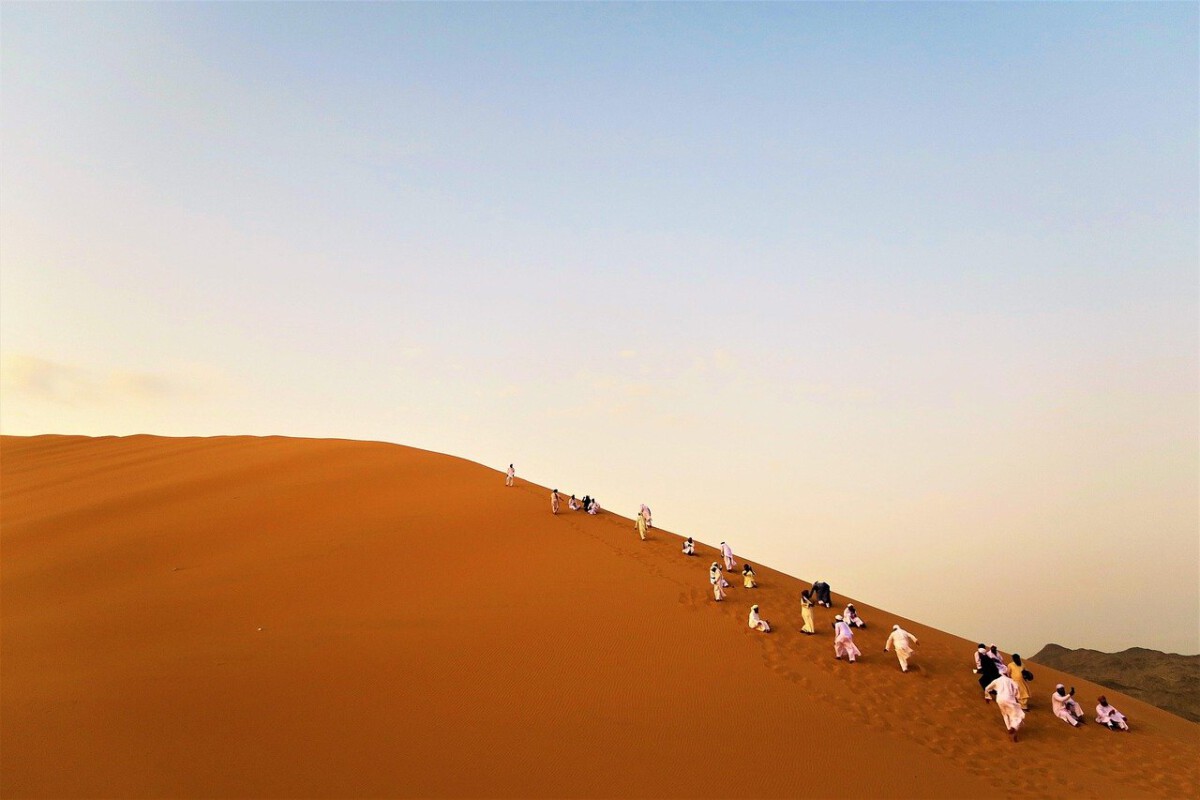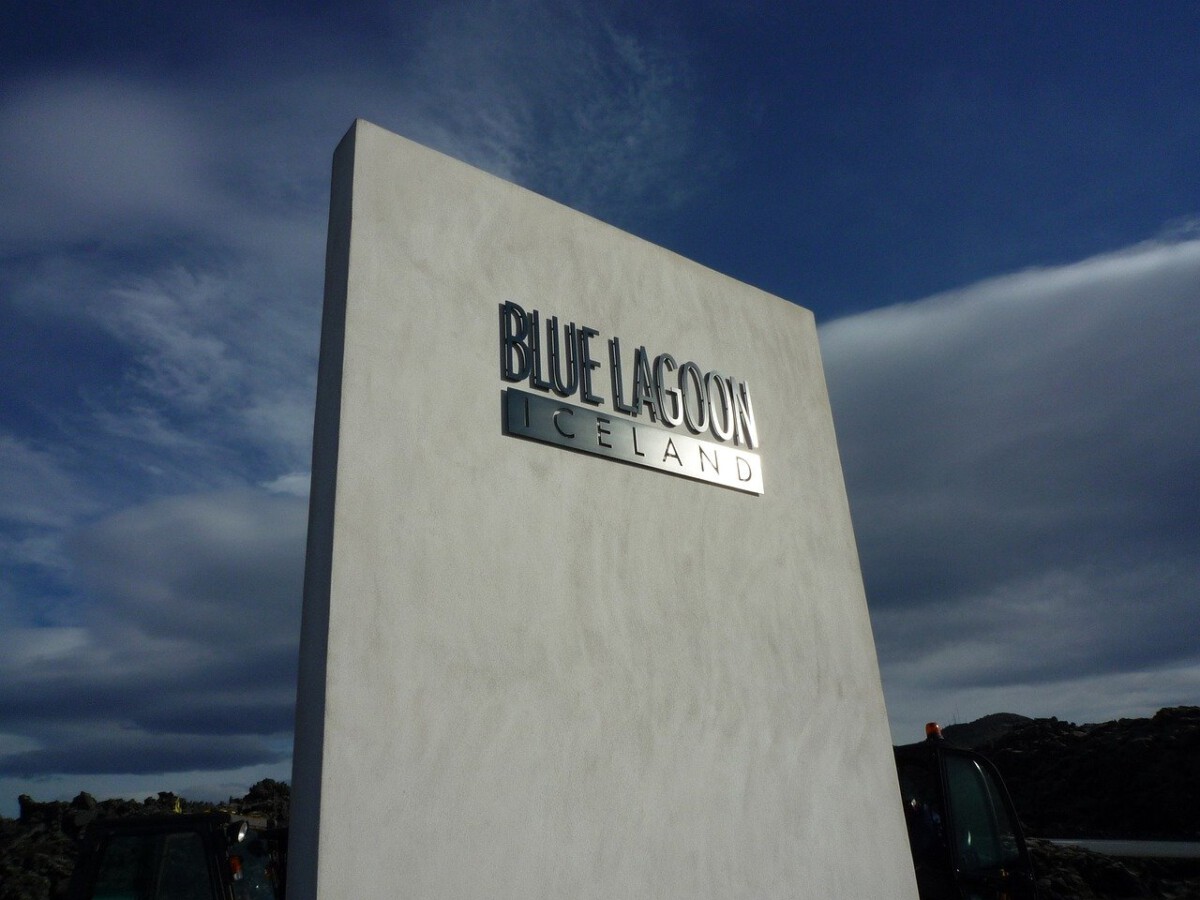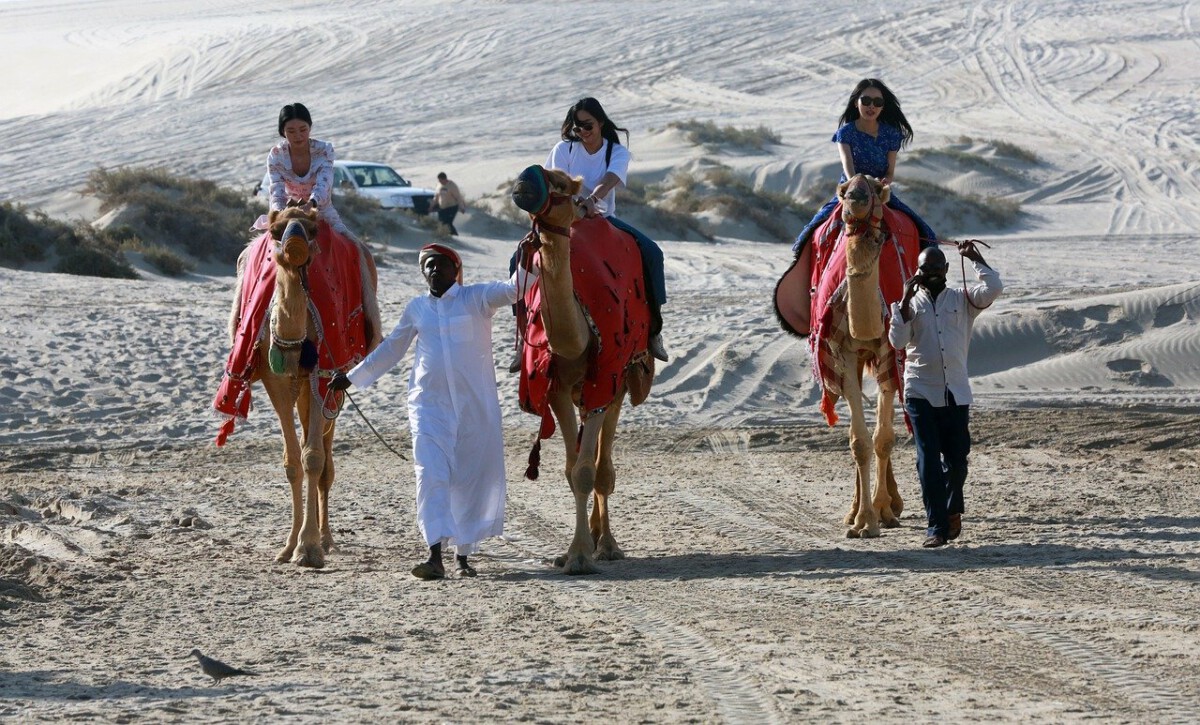Increased Interest in Desert Travel

Travelers are turning their eyes to deserts in numbers that are nothing short of surprising. The Adventure Travel Trade Association’s recent survey revealed that 70% of travelers in 2023 are seeking out remote, adventurous destinations over crowded tourist spots. This marks a dramatic shift from the pre-pandemic era, when urban escapes dominated wish lists. Many people now crave the sense of isolation and serenity only deserts can offer. With wide-open spaces and minimal crowds, deserts feel like a safe haven from the hustle and bustle of city life. This surge reflects a deeper desire for unique experiences and personal growth in nature. Desert travel is no longer seen as just for the rugged explorer—it’s becoming mainstream.
Unique Natural Landscapes

Deserts are home to some of the world’s most stunning and otherworldly landscapes. The Sahara’s dunes, the rainbow-hued rocks of the American Southwest, and Namibia’s stark Skeleton Coast offer dramatic vistas that you simply can’t find anywhere else. National Geographic reports that millions of tourists are drawn each year to these natural wonders, eager to photograph and experience their beauty firsthand. The contrast of endless sand against vibrant sunsets creates memories that stick for a lifetime. Even the harshest deserts, like Atacama in Chile, surprise visitors with their diversity of colors and shapes. These landscapes often feel like stepping onto another planet, sparking awe and curiosity in everyone who visits.
Adventure Activities

If you think deserts are boring, think again—adventure is everywhere! In recent years, activities like dune bashing, sandboarding, and stargazing have exploded in popularity. The Dubai Desert Conservation Reserve, for example, offers thrilling jeep safaris, camel rides, and even falconry experiences. The Adventure Travel Market Report notes that adventure travel in desert regions shot up by 25% in the last year alone. For many, the thrill of riding down a sand dune or spotting rare desert wildlife makes the trip unforgettable. Nighttime in the desert brings its own magic, with some of the clearest stargazing opportunities on earth. These adrenaline-packed experiences are drawing everyone from families to seasoned adventurers.
Wellness Retreats

Deserts are fast becoming sanctuaries for those seeking wellness and relaxation. Destinations like Sedona, Arizona, and Joshua Tree, California, are famous for their peaceful energy and scenic beauty. The Global Wellness Institute’s recent study predicts wellness tourism will grow by 20% annually, and desert retreats are a big part of this movement. People flock to these places for yoga classes at sunrise, meditation under the stars, and holistic healing sessions. The dry air and open horizons seem to invite a sense of calm and clarity. For anyone feeling overwhelmed by modern life, a desert retreat offers the perfect reset button. The trend is clear: deserts are now as much about inner peace as they are about adventure.
Cultural Experiences

Deserts aren’t just sand and sun—they are also alive with rich cultural traditions. Travelers can connect with indigenous communities, such as the Navajo Nation in the American Southwest, to learn about their history and customs. Guided tours reveal stories passed down through generations, from ancient rock art to traditional crafts. The World Tourism Organization highlights how cultural tourism fosters understanding and appreciation of different ways of life. Visitors might join a Bedouin camp in the Middle East or attend a Berber festival in Morocco, creating memories that go far beyond sightseeing. These encounters turn a desert trip into a journey of discovery, filled with personal connections and new perspectives.
Sustainable Tourism Initiatives

With growing concern for the environment, many desert destinations are leading the way in sustainable tourism. Eco-friendly lodges in the Mojave Desert, for instance, are designed to minimize their ecological footprint while offering comfort and style. The Sustainable Tourism Global Council expects sustainable travel to rise by 30% in the next few years, and deserts are at the forefront of this trend. Local operators focus on reducing water usage, protecting fragile habitats, and supporting community projects. Travelers are increasingly drawn to these responsible options, eager to leave a positive impact. The shift toward sustainability means deserts are not just beautiful—they’re also becoming models for how tourism can help, not harm, the planet.
Social Media Influence

It’s impossible to ignore the power of social media in shaping travel trends, and deserts have become the new stars of Instagram and TikTok. Striking images of endless dunes, colorful sunsets, and quirky desert festivals are capturing the imagination of millions online. Pew Research Center data shows that 55% of social media users have chosen a travel destination based on something they saw on their feeds. Influencers and everyday travelers alike share their stories, tips, and breathtaking photos, creating a ripple effect. Destinations like Wadi Rum in Jordan or White Sands in New Mexico have seen spikes in visitors after going viral. Social media isn’t just spreading the word—it’s inspiring a whole new generation of desert explorers.
Climate Change Awareness

Deserts have become powerful classrooms for climate change education. As extreme weather events and droughts make headlines, more travelers are seeking to witness these impacts up close. The Intergovernmental Panel on Climate Change (IPCC) warns that deserts are among the most vulnerable regions, facing habitat loss and shifting weather patterns. By visiting, travelers gain firsthand insight into the challenges faced by these delicate ecosystems. Guided tours often include discussions about conservation and the effects of global warming. This awareness is sparking conversations and inspiring action, turning travel into a force for good. It’s a sobering but vital part of the desert experience today.
Culinary Experiences

Desert regions are surprising food destinations. Cities like Marrakech in Morocco and Tucson in Arizona are making headlines for their inventive local cuisine. The Food Travel Monitor reports a growing appetite for culinary tourism, with more people seeking out authentic tastes in unique settings. In the desert, meals often feature ingredients like dates, cactus, and wild herbs, creating flavors you won’t find elsewhere. Street markets, food festivals, and cooking classes invite visitors to dive right in. Even high-end restaurants are embracing local traditions, putting a modern spin on time-honored recipes. For food lovers, a desert trip can be a delightful adventure for the palate.
Accessibility Improvements

Getting to remote desert destinations is easier than ever, thanks to major investments in infrastructure and travel options. Airlines have launched new direct flights to places like Las Vegas, Marrakech, and Dubai, reducing travel time and hassle. The International Air Transport Association (IATA) reported a 15% increase in air travel to desert regions in 2023 alone. Improved roads, better signage, and upgraded public transport have opened up even the most isolated spots. Travelers now have more choices, from budget-friendly buses to luxury trains. These improvements mean that deserts are no longer “off the beaten path”—they’re open for everyone to explore.





